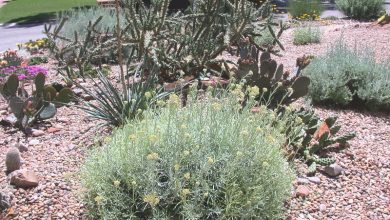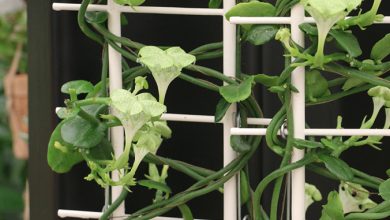8 Most Famous Types and Varieties of Avocados
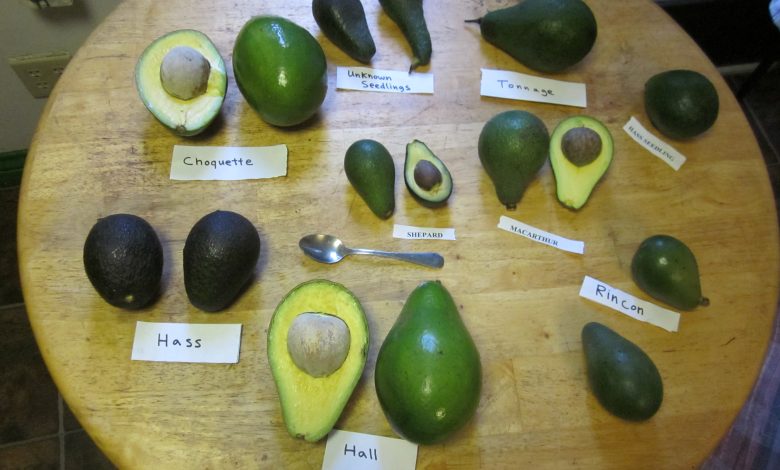
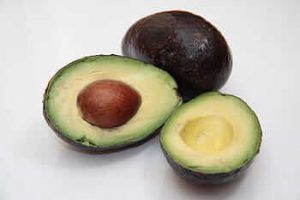 The avocado, known in many arts as «green gold» is a delicious and very nutritious fruit whose origins date back to the pre-Columbian era, because there is evidence that it was cultivated in the extensive regions of Peru, in the year 1450 when the Inca Tupac Yupanqui conquered the so-called avocado tribe, in southern Ecuador.
The avocado, known in many arts as «green gold» is a delicious and very nutritious fruit whose origins date back to the pre-Columbian era, because there is evidence that it was cultivated in the extensive regions of Peru, in the year 1450 when the Inca Tupac Yupanqui conquered the so-called avocado tribe, in southern Ecuador.
That is why in some regions of America it is known by the name of avocado.Later it spread to the Mexican territory and the north of Guatemala, but today its fame is practically worldwide, with many varieties grown in places far removed from its origin.
Let’s look at some very popular varieties.
Some common varieties in Latin America:
| Race | Mexican | Guatemalan | West Indian |
| Source | Mexico | Guatemala | The Antilles |
| Altitude | 1,500 – 2,500 meters | 500 – 2,400 meters | 0 – 500 meters |
| Morphology | Tall trees, anise -scented leaves | Very large tree, leaves do not smell of anise | Plants between 15 and 20 meters. |
| fruit weight | 90 – 180 grams | 125 – 1,500 grams | 250 – 2,500 grams |
| Oil content (%) | 20 – 25 | 18 – 20 | 10 |
Hass
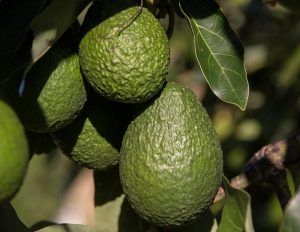 This is the most widespread avocado variety in the world. Preferred in Spain, it is the one that sells the most.
This is the most widespread avocado variety in the world. Preferred in Spain, it is the one that sells the most.
On the tree, the hass is pear -shaped, dark green in color, but as it matures, between spring and summer, it changes color to purple or black.
Small, wrinkled and very tasty avocado, excellent quality pulp, with hints of hazelnut flavor. It is from Guatemala, so it has no tolerance for cold. Its size reaches 400 grams. Medium seed size with 70% utilization.
Lamb-Hass
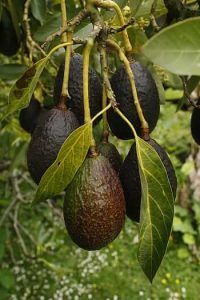 It also comes from Guatemala (and Mexico), but it has been introduced in Spain with good footing. Much like hass, even in dark color when mature, but with broader shoulders.
It also comes from Guatemala (and Mexico), but it has been introduced in Spain with good footing. Much like hass, even in dark color when mature, but with broader shoulders.
It has a certain advantage over this: its greater resistance to wind and high temperatures. It is also larger than the hass, but harvested later, May-July, although its production is very high.
Pinkerton
Like the Lamb Hass, it is a Guatemalan-Mexican hybrid, but Israel exports it to Europe during the months of February and March.Its pear-shaped fruit has an elongated neck in temperate climates.It is easy to peel, has a good flavor; rough skin with protruding granules.
Like the hass variety, its pulp is very good, of high quality, with a nutty flavor; its use is 82% because the seed is small. Its maturation occurs between spring and summer. Medium size (200-400 grams).
Reed
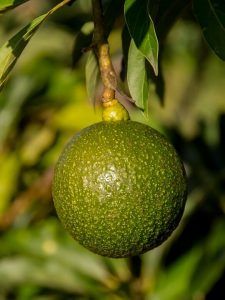 High production, green color, thick skin, round or oval fruit. Unlike others, it does not turn black after being cut. Its pulp is of quality, with a nutty flavor.
High production, green color, thick skin, round or oval fruit. Unlike others, it does not turn black after being cut. Its pulp is of quality, with a nutty flavor.
It is from Guatemala, but it has been introduced in Israel, where it is grown successfully for export to Europe, and in Spain it fills the summer supply gap, from April to September.
It has a weight of 350 grams, which pleases the European market. Late variety, its maturation occurs during the summer. Medium to large size seed with 72% utilization.
bacon
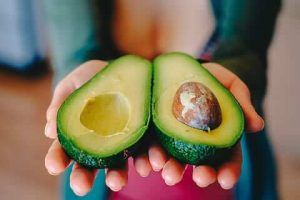 Mexican-Guatemalan hybrid avocado, grown in Spain. Early variety, mid- winter; fruit from 200 to 350 grams.
Mexican-Guatemalan hybrid avocado, grown in Spain. Early variety, mid- winter; fruit from 200 to 350 grams.
It has an oval pear shape, thin, fine and shiny skin, green in color, which is maintained when ripe. It is a tree of great vertical vigor and withstands strong winds and cold areas.
It has a good flavor, but the utilization of its pulp, which is pale yellow -green, is 61%.
Strong
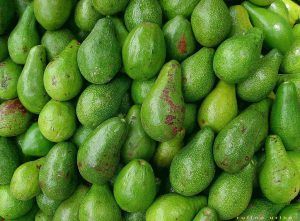 A Mexican-Guatemalan hybrid, it is also produced in Spain, Israel, South Africa and Kenya, and in Europe it can be purchased all year round. Pear-shaped fruit with a characteristic neck.
A Mexican-Guatemalan hybrid, it is also produced in Spain, Israel, South Africa and Kenya, and in Europe it can be purchased all year round. Pear-shaped fruit with a characteristic neck.
Utilization of 77% of the pulp, which is of high quality and has a rich nutty flavor; rough but relatively thin skin.
It is one of the most cultivated varieties, medium to large size (200-500 gr.), sensitive to cold, but is recent from excessive heat in certain stages, such as flowering and fruit set. Ripening in late winter.
Zutano
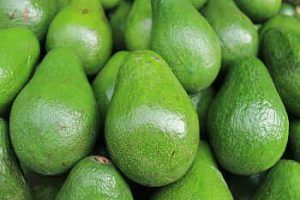 Hybrid-Mexican-Guatemalan of not very good figuration, because its quality ranges from poor to mediocre, due to its watery texture and poor flavor. The seed is medium to large, with a use of 65%.
Hybrid-Mexican-Guatemalan of not very good figuration, because its quality ranges from poor to mediocre, due to its watery texture and poor flavor. The seed is medium to large, with a use of 65%.
Medium size (200-400 gr.) In Spain it is used as a windbreak, and in California as a Hass pollinator. It is precocious, matures at the beginning of winter.
Carmen
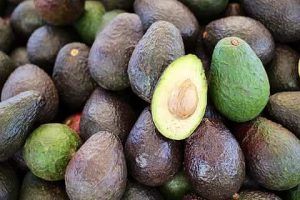 Fruit identical to hass; It is pear-shaped and dark green on the tree, but changes from purple to black as it matures.
Fruit identical to hass; It is pear-shaped and dark green on the tree, but changes from purple to black as it matures.
It is a variety of the hass type, but it has higher productivity (20%), greater earliness and better flavor.
Medium to thick leather with a rough texture. The pulp is of excellent quality with a nutty flavor and 70% utilization.


